Home>Garden Essentials>How Long Does It Take Chia Seeds To Expand
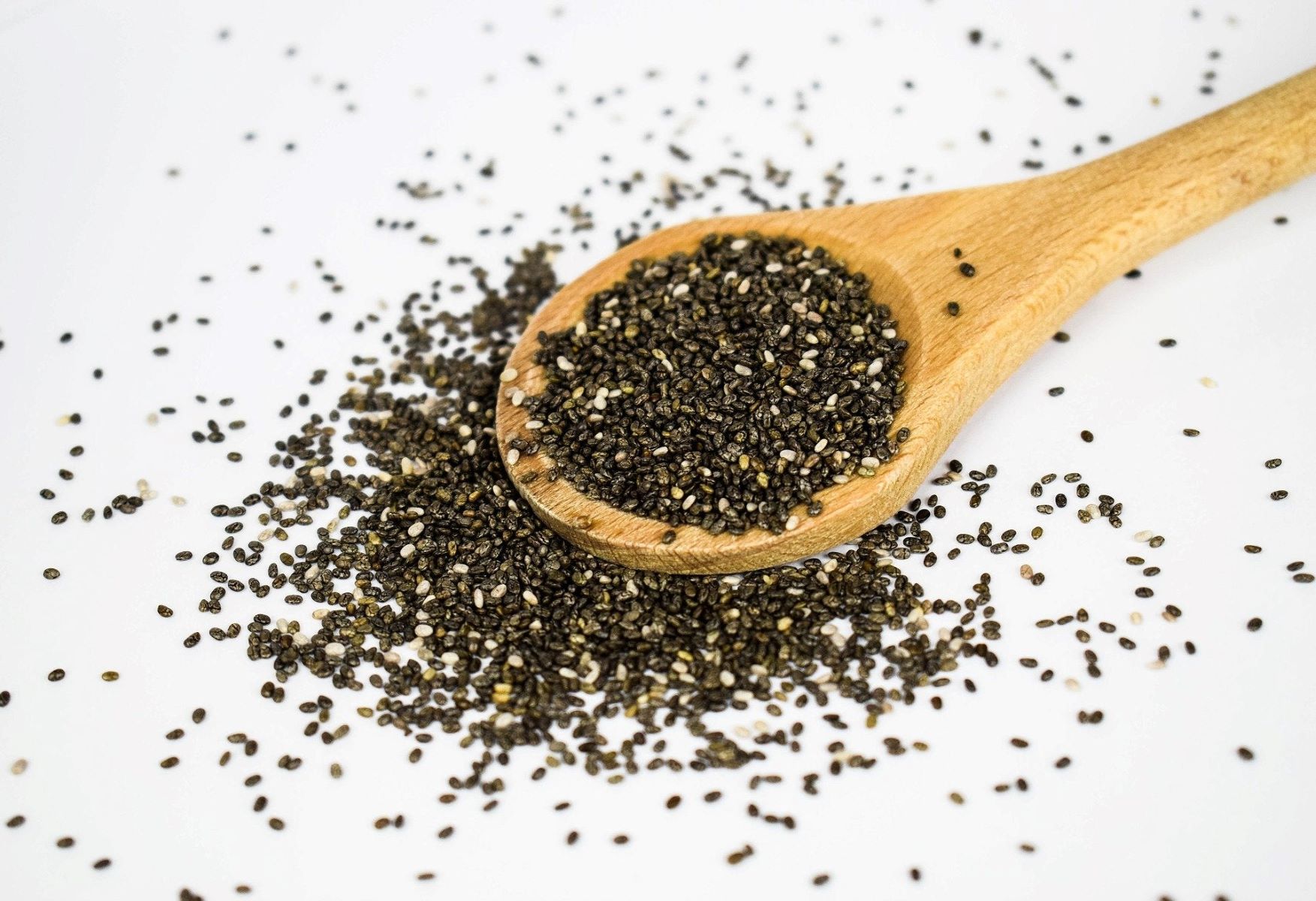

Garden Essentials
How Long Does It Take Chia Seeds To Expand
Modified: March 24, 2024
Discover how long it takes for chia seeds to expand in your garden. Expert tips and insights for growing chia seeds and maximizing their potential.
(Many of the links in this article redirect to a specific reviewed product. Your purchase of these products through affiliate links helps to generate commission for Storables.com, at no extra cost. Learn more)
Introduction
Welcome to the world of gardening, where nature’s wonders never cease to amaze. If you’re a garden enthusiast, chances are you’ve come across chia seeds at some point. These tiny seeds may be small in size, but they pack a powerful punch when it comes to health benefits. Not only are chia seeds packed with nutrients, but they also have the unique ability to expand when exposed to liquid, making them a versatile ingredient in a variety of dishes.
In this article, we will explore the fascinating process of how chia seeds expand, how long it takes, and the factors that can affect their expansion time. So, whether you’re a curious gardener or someone looking to incorporate chia seeds into your diet, let’s dive into the world of chia seeds and unravel the mysteries of their expansion.
Key Takeaways:
- Chia seeds expand in 10-20 minutes when exposed to liquid, creating a gel-like coating. Factors like liquid-to-seed ratio and temperature can affect expansion time.
- Soaking chia seeds maximizes their expansion, enhancing texture for recipes like puddings and smoothies. Chia seeds are a versatile, nutrient-packed superfood for any diet.
Read more: How Long Does It Take Chia Seeds To Sprout
What are Chia Seeds?
Before we delve into the expansion process of chia seeds, let’s take a moment to understand what they are. Chia seeds are small, oval-shaped seeds that come from the Salvia hispanica plant, which is native to Central and South America. These seeds have been a staple food in the diets of ancient civilizations like the Mayans and Aztecs.
Despite their tiny size, chia seeds are extremely nutrient-dense. They are an excellent source of omega-3 fatty acids, fiber, protein, calcium, magnesium, and antioxidants. These impressive nutritional properties have earned chia seeds the status of a superfood in recent years.
Chia seeds have a mild, nutty flavor, which makes them a versatile ingredient that can be easily incorporated into various recipes. They can be sprinkled on top of smoothies, yogurt, or cereal, used as an egg substitute in baking, or even made into a gel-like substance for puddings and desserts.
However, one of the most intriguing qualities of chia seeds is their ability to expand and create a gel-like texture when exposed to liquid. This unique property opens up a world of culinary possibilities and also provides some interesting benefits when consumed.
The Expansion Process of Chia Seeds
When chia seeds come into contact with liquid, they undergo a fascinating transformation. They absorb the liquid and swell up, forming a gel-like coating around the seed. This process, known as gelation, is what gives chia seeds their unique texture and versatility.
The gel-like coating that forms around the seed is a result of the soluble fiber present in chia seeds. When the seeds absorb liquid, the fiber expands and forms a gel-like substance. This gel-like coating serves two main purposes:
- Hydration: The gel-like coating helps to retain and hold moisture. This is beneficial for both the seeds and for any dish that incorporates chia seeds. The gel coating can help keep baked goods moist, improve the texture of puddings and desserts, and even provide hydration when consumed directly.
- Thickening: The gel-like coating adds viscosity to liquids, making it an excellent natural thickening agent. This is why chia seeds are often used to create a thick, creamy texture in recipes like chia seed pudding or as an egg substitute in baking.
As the chia seeds expand, they undergo a visual transformation, increasing in size and developing a slightly translucent appearance. The seeds change from their initial small, dry form into plump, gel-coated entities that are ready to be incorporated into various recipes.
The expansion process typically takes anywhere from 10 to 20 minutes. However, factors such as the temperature of the liquid and the freshness of the chia seeds can affect the expansion time. It’s important to note that the gel-like coating will continue to absorb liquid over time, so if you leave a chia seed mixture to sit, it may become even thicker and more gel-like.
Now that we understand how chia seeds expand and transform when exposed to liquid, let’s explore the factors that can influence the expansion time.
Chia seeds typically take about 10-15 minutes to expand when mixed with liquid. Stir them well and let them sit for a few minutes to reach their full size before consuming.
Factors Affecting the Expansion Time
While the average expansion time for chia seeds is around 10 to 20 minutes, several factors can influence how long it takes for the seeds to fully expand. It’s essential to understand these factors to ensure you achieve the desired texture and consistency in your recipes.
- Liquid-to-Chia Seed Ratio: The amount of liquid used in the recipe relative to the amount of chia seeds plays a significant role in the expansion time. If there is an excessive amount of liquid, it may take longer for the seeds to fully absorb and expand. On the other hand, if there isn’t enough liquid, the seeds may not expand properly.
- Liquid Temperature: The temperature of the liquid can impact the expansion time. Warmer liquids tend to expedite the process, allowing the seeds to absorb the liquid more quickly and expand faster. However, using cold liquids may prolong the expansion time.
- Freshness of Chia Seeds: The freshness of the chia seeds can also affect their ability to expand. Fresh, high-quality seeds tend to have a higher water-absorbing capacity and may expand more quickly compared to older seeds.
- Stirring or Agitation: Stirring or agitating the chia seed mixture can help distribute the liquid and promote even expansion. Make sure to give the mixture a good stir, especially during the first few minutes, to ensure uniform absorption and expansion.
- Soaking Time: While chia seeds can start expanding within minutes of coming into contact with liquid, they may continue to absorb liquid over time. So, if you allow the mixture to sit for an extended period, the seeds may expand even more and become thicker in texture.
By considering these factors, you can adjust your recipe accordingly to achieve the desired expansion time and texture. It’s always a good idea to experiment and find the perfect balance that suits your preferences.
Now that we have explored the various factors affecting the expansion time, let’s delve into the method of soaking chia seeds, which is a popular technique used to maximize their expansion.
Soaking Chia Seeds
Soaking chia seeds is a simple technique that can help maximize their expansion and enhance their texture. This method involves allowing the chia seeds to absorb liquid for a specific amount of time before using them in recipes.
To soak chia seeds, follow these steps:
- Choose the Right Ratio: Start by determining the desired consistency and texture of your recipe. For a thicker texture, use a 1:4 ratio of chia seeds to liquid. For a thinner consistency, opt for a 1:6 ratio.
- Measure the Chia Seeds and Liquid: Using a measuring spoon or cup, measure out the desired amount of chia seeds. Place them in a bowl or container. Then, add the liquid of your choice (such as water, milk, or juice), following the predetermined ratio.
- Stir and Let Sit: Stir the mixture thoroughly to ensure the seeds are well-distributed. After stirring, let the mixture sit at room temperature for around 5 minutes.
- Stir Again: After the initial 5 minutes, give the mixture another good stir to prevent clumping and promote consistent expansion.
- Refrigerate and Wait: Cover the bowl or container and place it in the refrigerator to continue soaking. Let it sit for at least 1 hour, although overnight soaking is recommended for the best results.
- Check and Adjust: After the soaking time is complete, check the consistency of the mixture. If it’s too thick, you can add a small amount of liquid and stir to achieve the desired texture.
Soaked chia seeds can be used in a variety of recipes, such as smoothies, puddings, overnight oats, or as an egg substitute in baking. The soaking process ensures that the chia seeds fully absorb the liquid and expand, resulting in a gel-like texture that adds a delightful mouthfeel to your dishes.
Now that you have a good understanding of how to soak chia seeds, let’s wrap up our exploration of chia seed expansion.
Read more: How Long Does It Take For Chia Seeds To Soak
Conclusion
Chia seeds are more than just tiny, nutrient-packed powerhouses. Their unique ability to expand and form a gel-like coating when exposed to liquid adds versatility to recipes and enhances their texture. The expansion process occurs through the absorption of liquid, resulting in plump, gel-coated seeds that are ready to be incorporated into various dishes.
While the average expansion time for chia seeds is around 10 to 20 minutes, factors such as the liquid-to-seed ratio, liquid temperature, freshness of the seeds, stirring, and soaking time can affect the expansion time. By considering these factors, you can adjust your recipe to achieve the desired texture and consistency.
Soaking chia seeds is a popular technique that maximizes their expansion. By allowing the seeds to soak in liquid for a specific amount of time, you can ensure they absorb the liquid fully and achieve a gel-like texture. This method is commonly used in recipes like puddings, smoothies, and overnight oats, and can also be used as an egg substitute in baking.
Chia seeds are a wonderful addition to any diet, providing a plethora of health benefits along with their expansion capabilities. They are packed with omega-3 fatty acids, fiber, protein, calcium, magnesium, and antioxidants, making them a true superfood.
So the next time you’re in the kitchen, don’t forget to harness the power of chia seeds and their amazing ability to expand. Whether you’re looking to add a touch of creativity to your recipes or boost your health, chia seeds are here to impress and delight.
Frequently Asked Questions about How Long Does It Take Chia Seeds To Expand
Was this page helpful?
At Storables.com, we guarantee accurate and reliable information. Our content, validated by Expert Board Contributors, is crafted following stringent Editorial Policies. We're committed to providing you with well-researched, expert-backed insights for all your informational needs.
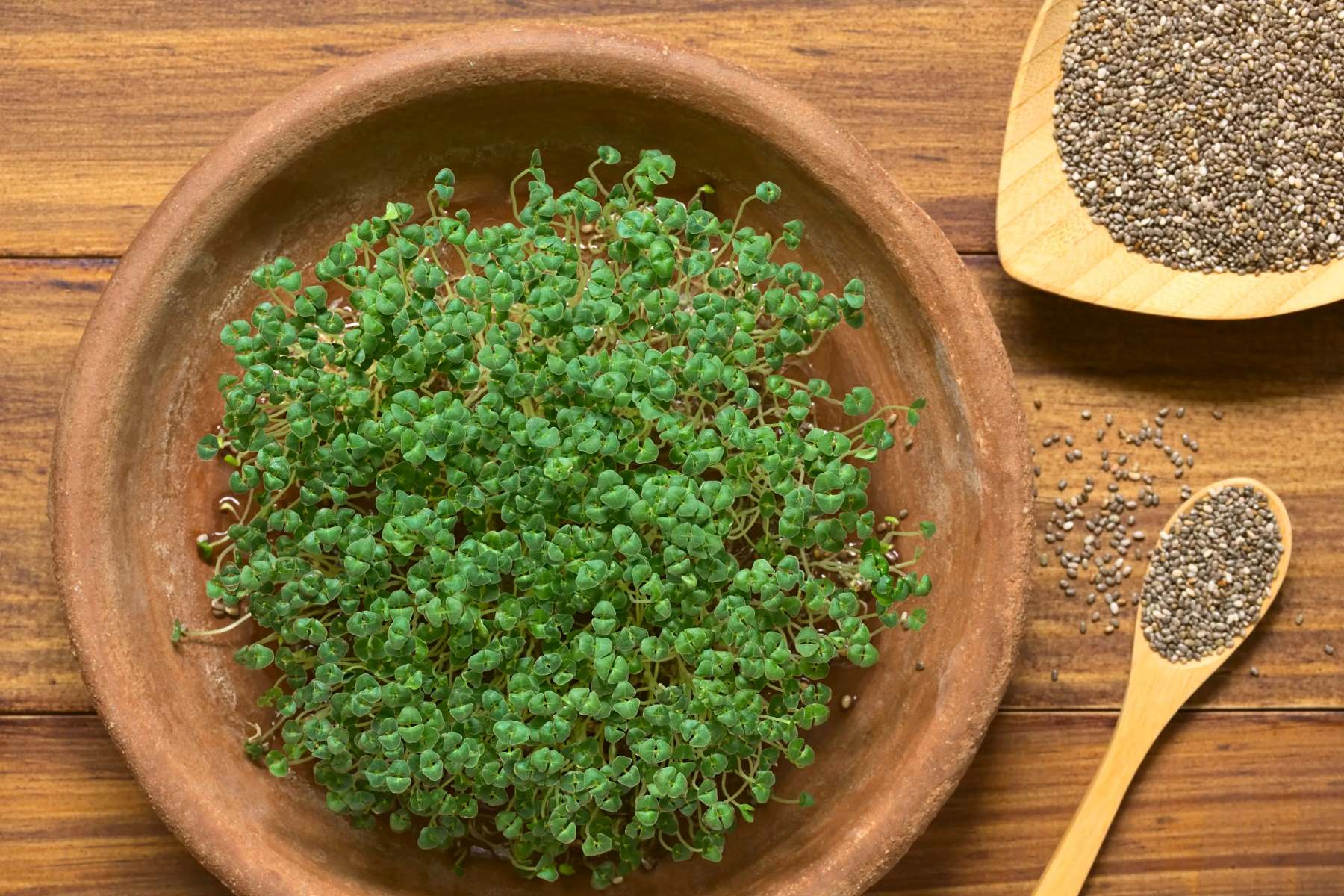
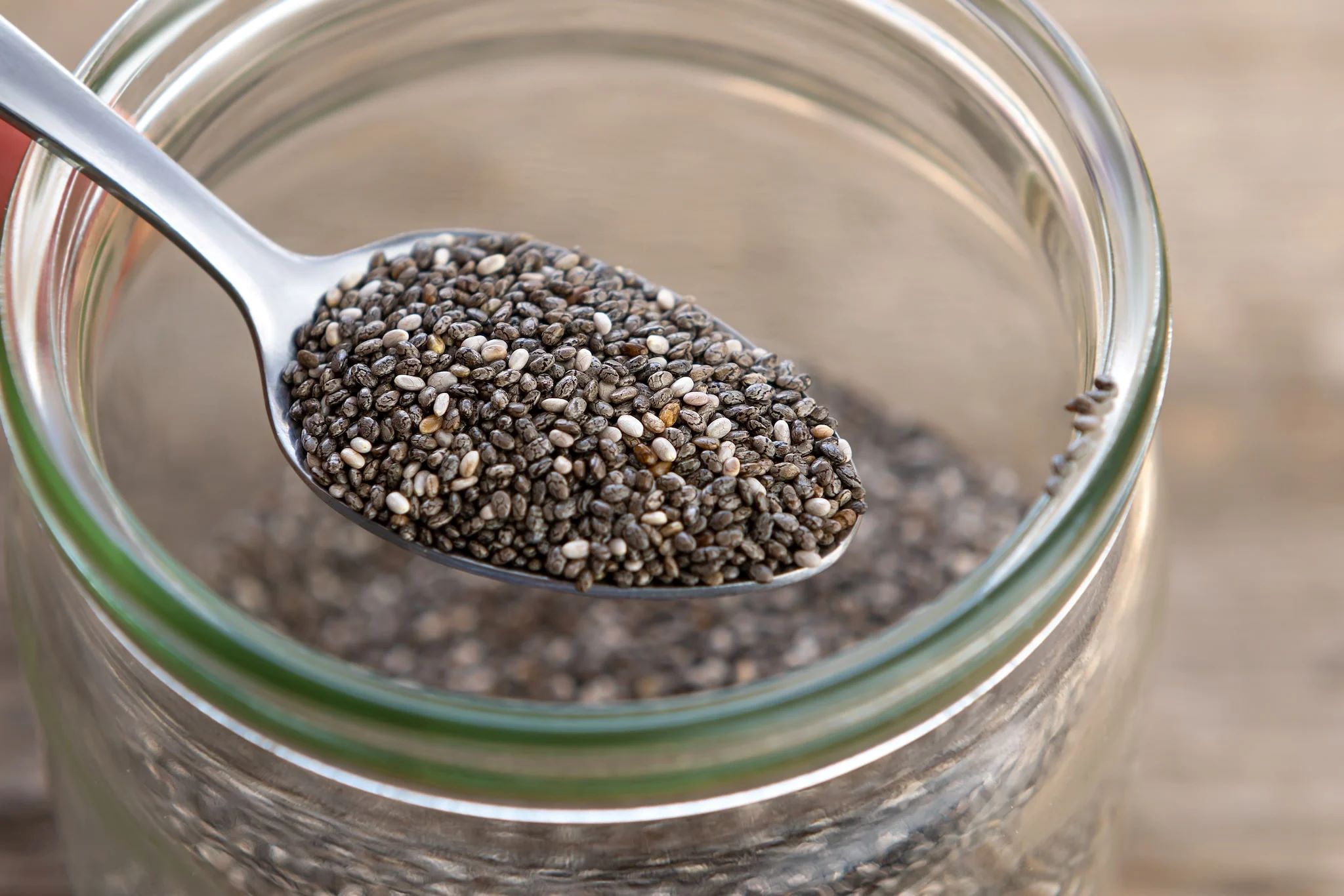
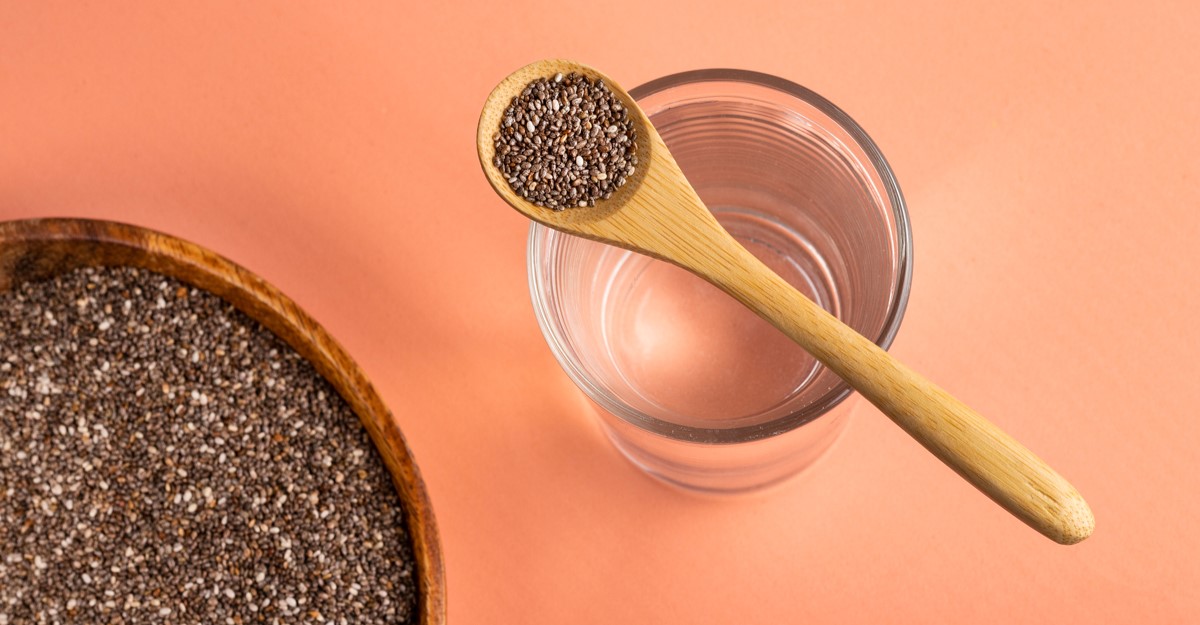



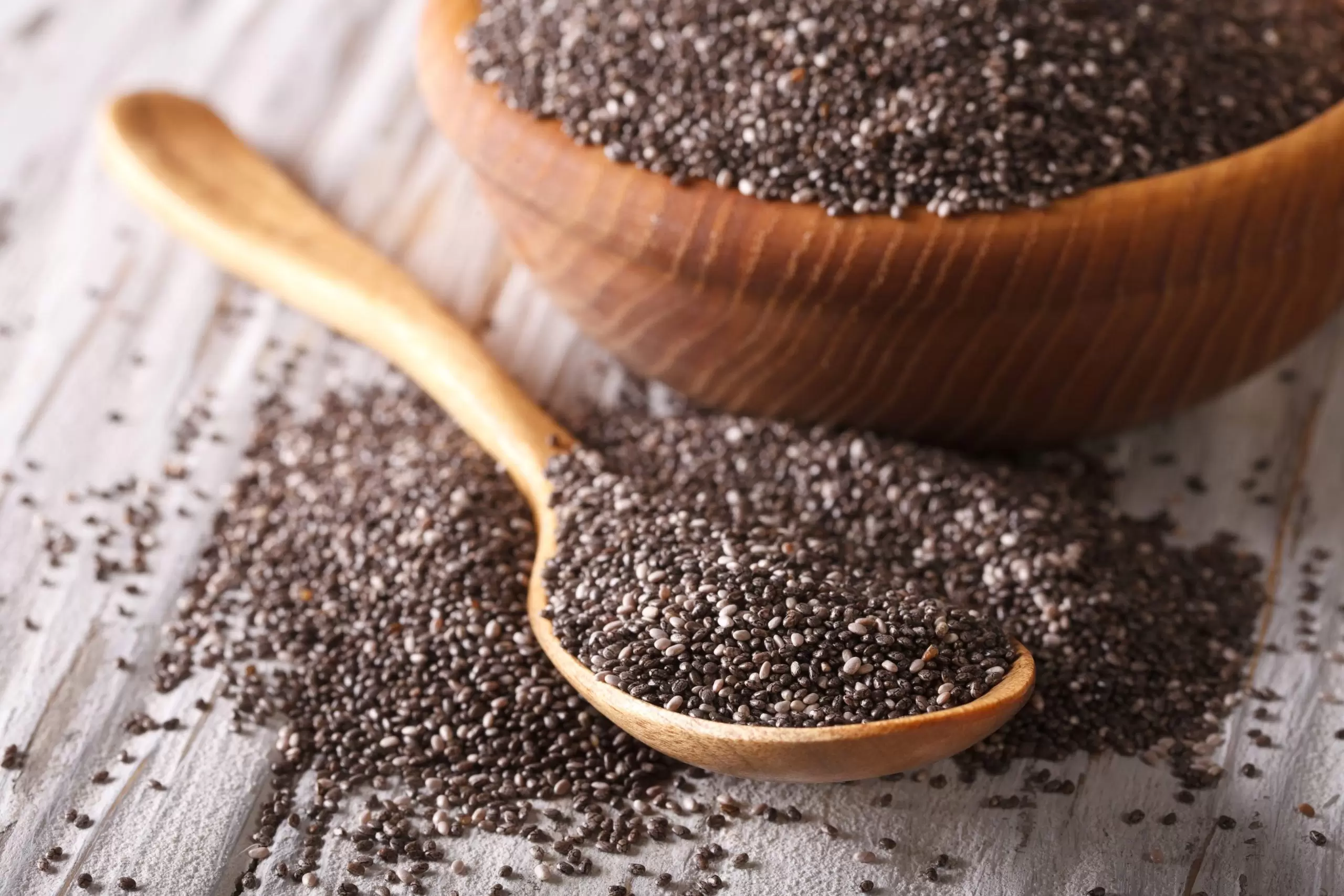


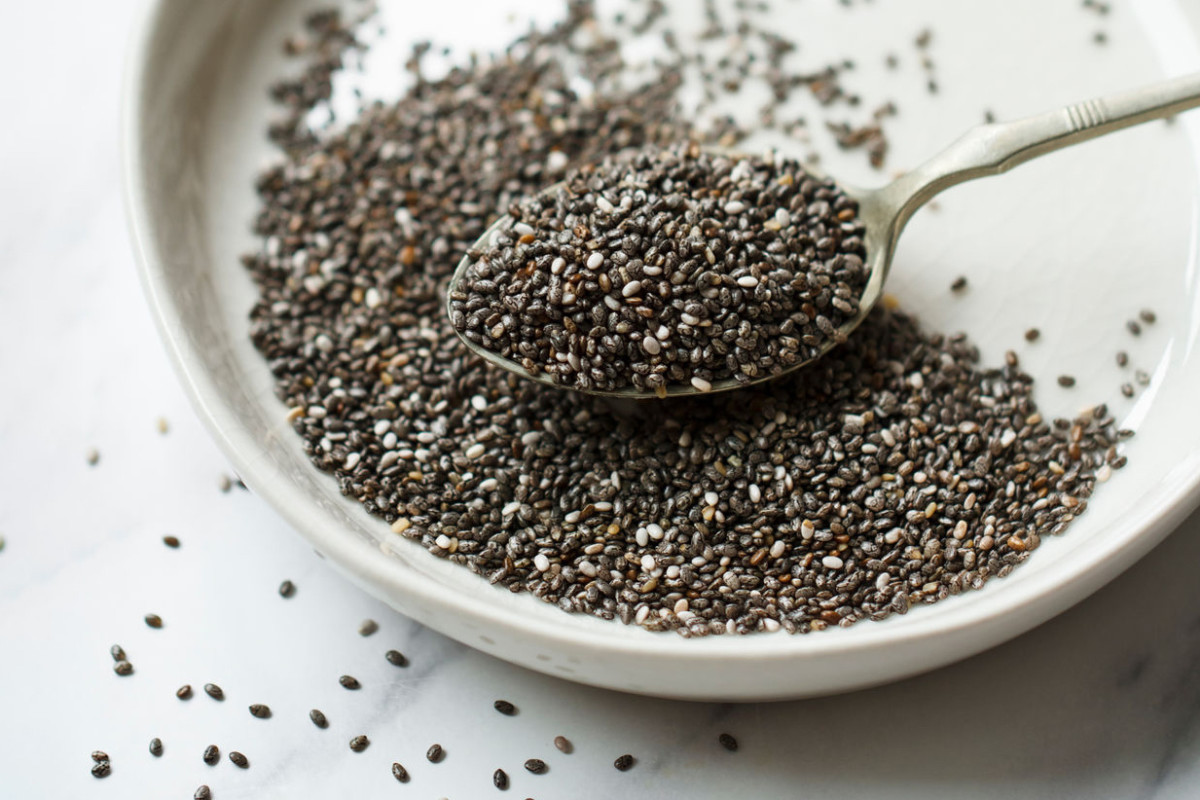



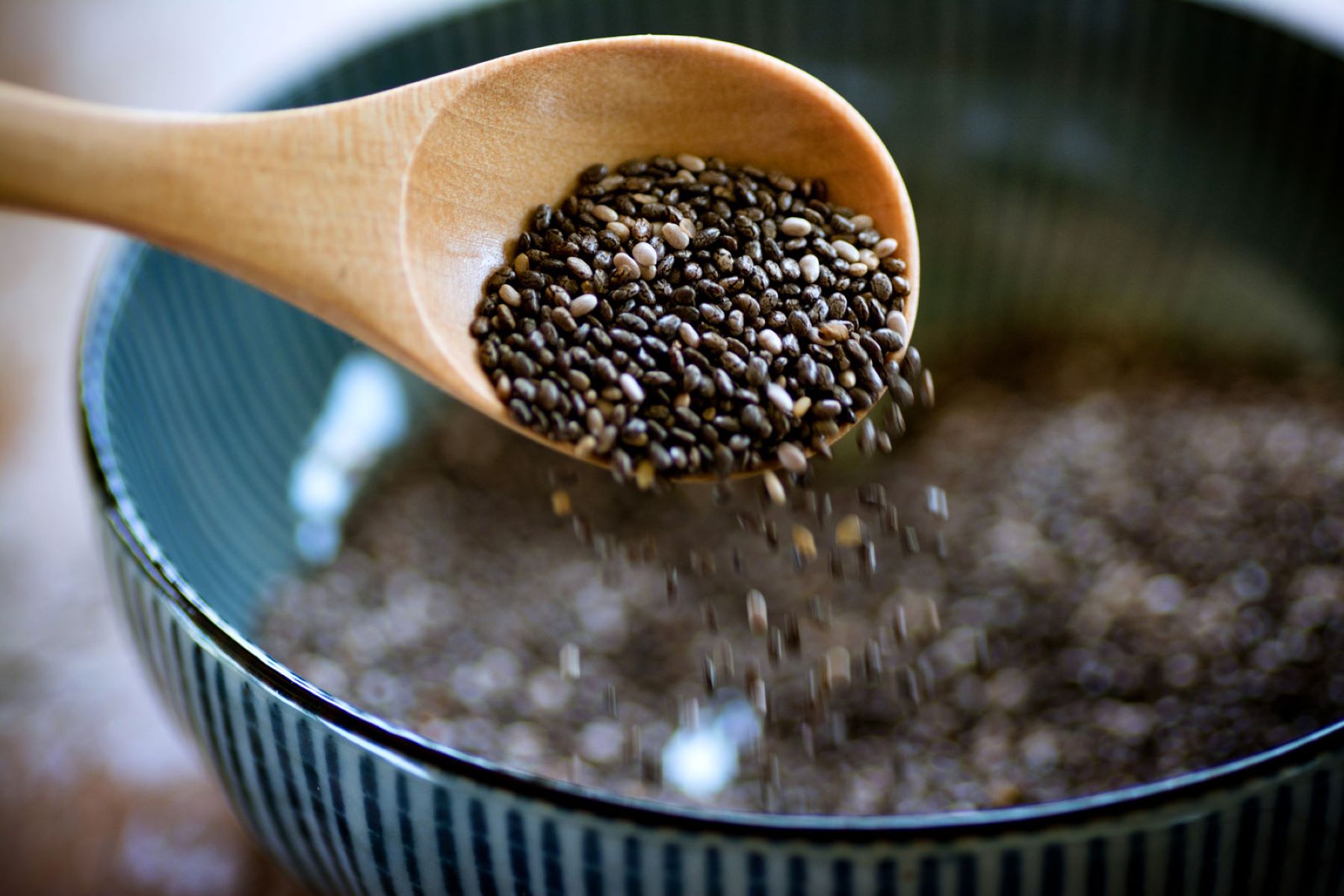

0 thoughts on “How Long Does It Take Chia Seeds To Expand”